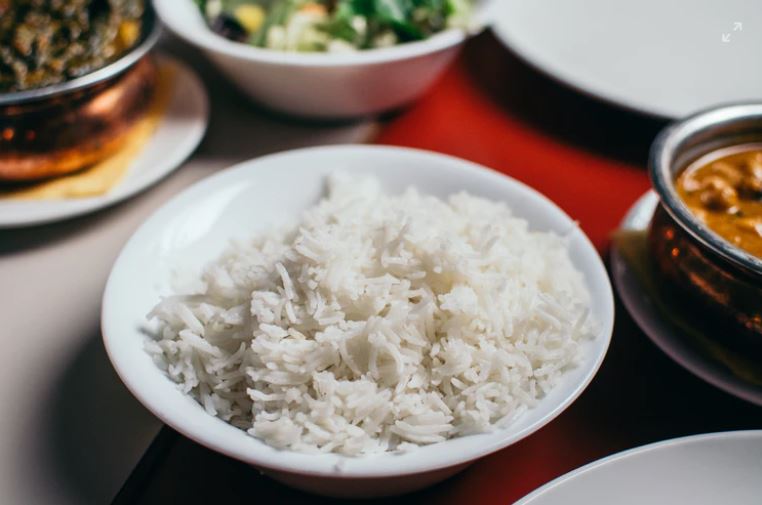 Thanks to the numerous useful substances it contains, rice has a beneficial effect on health and should be on your table very often, experts suggest. Regular consumption of rice has multiple positive health effects. By eating rice you will supply your body with energy and also, it contains vitamins, including vitamin B1. Although there are more than 40 types of rice in the world, mostly it is often divided into yellow – integral, white, and refined. Whole grain rice is not processed too much and has a very high nutritional value compared to white rice, which is skinned during the refining process. People who have this cereal on their menu more often are also less prone to skin problems, high blood pressure, and heart disease. Here are some things you may not have known about rice:
Thanks to the numerous useful substances it contains, rice has a beneficial effect on health and should be on your table very often, experts suggest. Regular consumption of rice has multiple positive health effects. By eating rice you will supply your body with energy and also, it contains vitamins, including vitamin B1. Although there are more than 40 types of rice in the world, mostly it is often divided into yellow – integral, white, and refined. Whole grain rice is not processed too much and has a very high nutritional value compared to white rice, which is skinned during the refining process. People who have this cereal on their menu more often are also less prone to skin problems, high blood pressure, and heart disease. Here are some things you may not have known about rice:
1. Benefits of rice
Regular consumption of rice has a preventive effect against the development of many chronic diseases, and in addition, it improves your skin. Rice contains amino acids, which are responsible for creating new cells. It works well on the stomach and intestines, water from cooked rice prevents diarrhea, and when boiled with fresh milk, it helps cleanse the intestines. Тhere are many types of rice but not all are equally useful, check out what’s the healthiest rice and include it in your diet.
2. Types of rice
Medium-sized rice sticks more when cooked and is therefore used for dishes such as risotto, paella, or some desserts. This species is grown in the same places as the long-grain species and is also grown in Australia. Short-grain rice is almost round in shape and is used in many Eastern cuisines, as well as in the Caribbean. It is especially popular for preparing Japanese sushi because it sticks very easily. This type is also used for desserts and is very popular in most Asian countries. Processed rice is the most popular type in many Western European countries.
3. Brown rice is healthier than white
Integral rice in its natural form has a very important place in human nutrition. It is an ideally balanced food, nutritionally and medically much more valuable than white. It is rich in plant fibers, substances (lipoic acid, which releases the liver from toxic substances and improves the absorption of nutrients, as well as some powerful antioxidants. is more nutritious and healthier than white rice. You can digest it very easily, it is rich in starch, and poor in protein and fat. In 100 g of brown rice, you can find 13.1 g of water, 7.4 g of protein, 2.2 g fat, 75.4 g carbohydrates, 0.67 g crude fiber, 1.2 g minerals (iron, potassium, calcium, magnesium, phosphorus), B complex vitamins (especially 0.41 mg of vitamin B1 and 5.2 mg of B3).
4. How to store it
Storing rice at home should be in boxes or bags, which are placed in cool, dry, and ventilated rooms. Rice has the ability to absorb odors and therefore foods that have a strong aroma should not be stored near it. The shelf life of rice in such conditions is up to one year. Cooked rice can be stored in a well-closed container in the refrigerator for up to a week. When buying rice in stores, look at its structure – there should be no glued grains in the package, due to mold and mildew. The price of different types of rice varies, and the cheapest is fine-grained white rice. Many types of special types of rice can be found on the market, such as those for sushi or paella, which are intended only for the preparation of these dishes.











